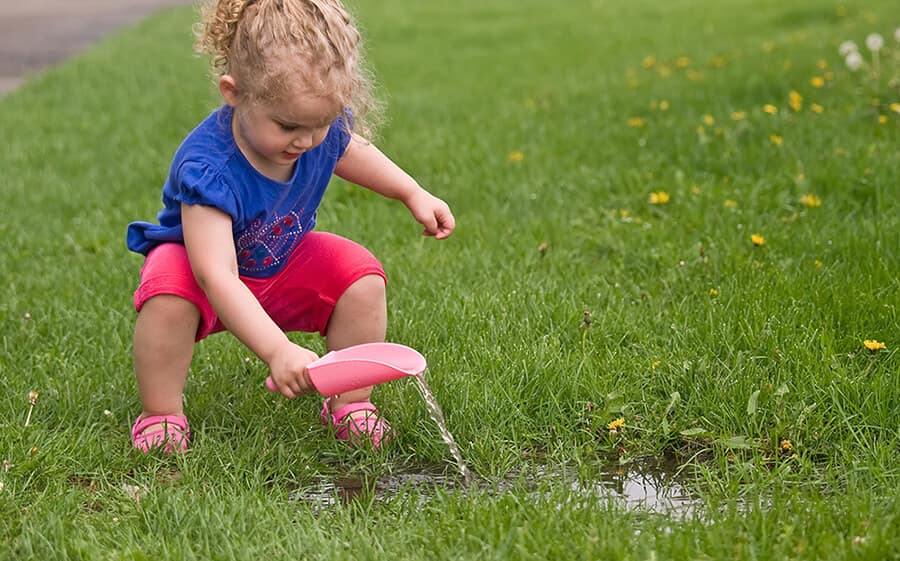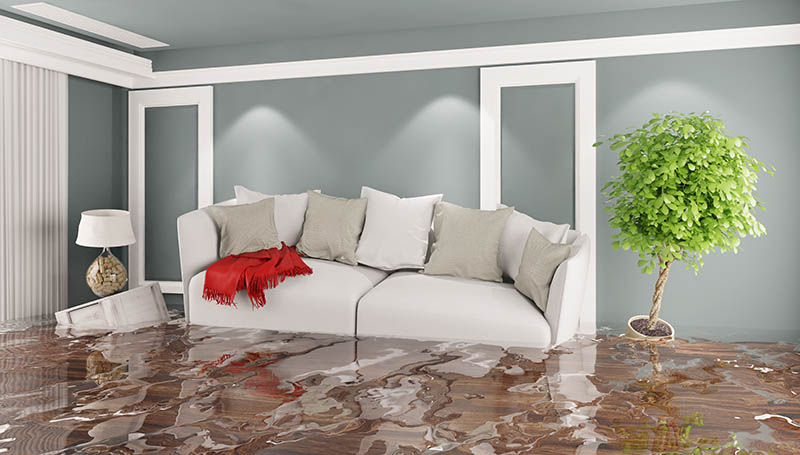Tackling the Six Most Common Water Leaks: Tips for Homeowners
Tackling the Six Most Common Water Leaks: Tips for Homeowners
Blog Article
We have noticed this great article relating to How to detect water leaks in your home down the page on the internet and figured it made good sense to talk about it with you on this site.

Leaks not just create waste of water yet can additionally trigger unneeded damage to your home as well as promote unwanted natural development. However, water leakages may go unnoticed considering that the majority of the pipework in our home is hidden. By understanding and also looking for daily situations that cause leakages, you can shield your house from future leaks and also unneeded damage. Today, we will certainly look at 6 leak causes that might be triggering your pipes to trickle.
Instant temperature level modifications.
Severe temperature level modifications in our pipelines can cause them to expand as well as get suddenly. This development and contraction might cause splits in the pipes, particularly if the temperature level are listed below freezing.
Rusty water supply
This may be the reason of discoloration or warping on your water pipes. If our plumbing system is old, think about changing the pipelines given that they are at a greater threat of rust than the newer designs.
Faulty Pipeline Joints
The factor at which your pipelines attach is regularly the weakest link in the waterline. Pipe joints can deteriorate in time, leading to water leaks. The bulk of pipeline joints are not quickly noticeable. If you have noisy pipes that make ticking or banging noises, particularly when the hot water is switched on, your pipe joints are probably under a lot of pressure. It is advisable to have your plumber inspect your system once a year.
Intruding roots
Most water leakages begin outside your home instead of inside it. If you discover a sudden decline in water stress, claim in your faucet, take some time to go out and analyze your lawn. You might notice wet spots or sinkholes in your backyard, and that might suggest that tree origins are invading water lines causing water to seep out. You can have your plumber look for invasion, especially if you have trees or hedges near your property.
Poor Water Connectors
At times, a leak can be triggered by loose pipes and also pipes that provide your appliances. In situation of a water connections leakage, you may observe water running straight from the supply line or puddles around your home appliances.
Clogged Drains
Blocked drains may be annoying as well as inconveniencing, yet they can in some cases wind up creating an overflow leading to burst pipes. Maintain getting rid of any products that might go down your drains that can clog them to prevent such aggravations.
All the above are reasons for leaks yet not all water leakages result from plumbing leakages; some leakages could come from roofing leakages. All leakages should be repaired instantly to stay clear of water damages.
Leaks not just create waste of water but can likewise cause unnecessary damage to your house and also advertise undesirable organic growth. By recognizing and looking for daily circumstances that create leakages, you can shield your home from future leaks as well as unnecessary damages. Today, we will certainly look at 6 leakage triggers that might be creating your pipelines to drip.
At times, a leak can be caused by loose hoses and pipes that supply your home appliances. In situation of a water connections leak, you may discover water running directly from the supply line or puddles around your home appliances.
How To Check For Water Leak In Your Home
How To Check for Leaks
The average household's leaks can account for nearly 10,000 gallons of water wasted every year and ten percent of homes have leaks that waste 90 gallons or more per day. Common types of leaks found in the home are worn toilet flappers, dripping faucets, and other leaking valves. These types of leaks are often easy to fix, requiring only a few tools and hardware that can pay for themselves in water savings. Fixing easily corrected household water leaks can save homeowners about 10 percent on their water bills.
To check for leaks in your home, you first need to determine whether you're wasting water and then identify the source of the leak. Here are some tips for finding leaks:
Take a look at your water usage during a colder month, such as January or February. If a family of four exceeds 12,000 gallons per month, there are serious leaks.
Check your water meter before and after a two-hour period when no water is being used. If the meter changes at all, you probably have a leak.
Identify toilet leaks by placing a drop of food coloring in the toilet tank. If any color shows up in the bowl after 10 minutes, you have a leak. (Be sure to flush immediately after the experiment to avoid staining the tank.)
Examine faucet gaskets and pipe fittings for any water on the outside of the pipe to check for surface leaks.
Undetected water leaks can happen without the home or business owner even realizing. If you suspect a water leak, but not able to find the source. It is time to contact a professional water leak detection service, The Leak Doctor.
How To Find a Water Leak In Your Home
https://www.leakdoctor.com/blog/How-To-Check-For-Water-Leak-In-Your-Home_AE197.html

As a serious reader on How Fast Water Damage Can Ruin Your Home, I thought sharing that editorial was a smart idea. Sharing is good. Helping others is fun. Thank you for taking the time to read it.
Call Us Today Report this page